
Category: Some Red Hot Gospel there!
No kidding!
I have yet met any dog that I did not like. Even the local junkyard mutt! (Hey he was just doing his job!) Grumpy

Classic FAFO

.jpg)
Soon after leaving public office, the 26th President of the United States Theodore Roosevelt (1901-1909) delivered a world-famous speech in France, a part of which later became one of his most often quoted. Referred to as “The Man in the Arena,” it provided insight into the perspective of combatants who perform well under pressure.
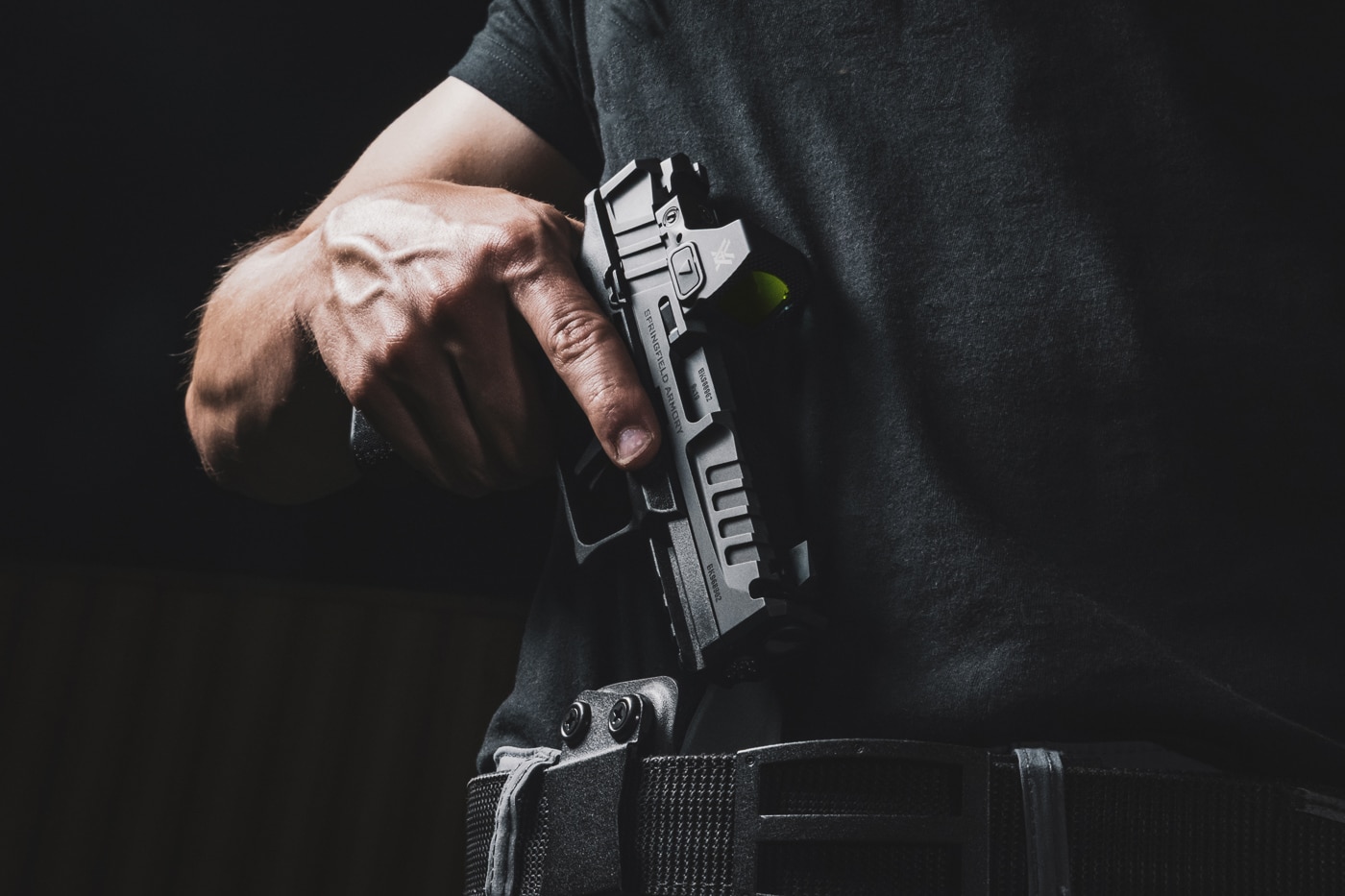
“It is not the critic who counts; not the man who points out how the strong man stumbles, or where the doer of deeds could have done them better.
The credit belongs to the man who is actually in the arena, whose face is marred by dust and sweat and blood; who strives valiantly; who errs, who comes up short again and again, because there is no effort without error and shortcoming; but who does actually strive to do the deeds; who knows great enthusiasms, the great devotions; who spends himself in a worthy cause; who at the best knows in the end the triumph of high achievement, and who at the worst, if he fails, at least fails while daring greatly, so that his place shall never be with those cold and timid souls who neither know victory nor defeat.”
What Roosevelt so eloquently shed light upon was the depth of human will, self-determination, and mental fortitude it takes to perform under extreme duress. What was true at the turn of the 20th century and later proven by the belligerents of both world wars, is true to this very day, that only the strong survive.

When Wyatt Earp was asked about winning gunfights, he attributed his success to, “Going into action with the greatest speed which a man’s muscles are capable, but mentally unflustered.” Given the critical importance of staying cool under pressure, it is no secret that the likes of war fighters and law enforcement professionals think clearer and perform better in violent physical altercations.
Back in the day, the term “steely-eyed gunfighter” was attributed to those gunslingers who possessed both the physical skills and mental strength needed to ply their trade. Physical prowess, although certainly a contributing factor, must be preceded by an unyielding and pervasive mental fortitude afforded only to those possessing coolness of mind referred to by legendary gunfighter Wyatt Earp as “mentally unflustered.”
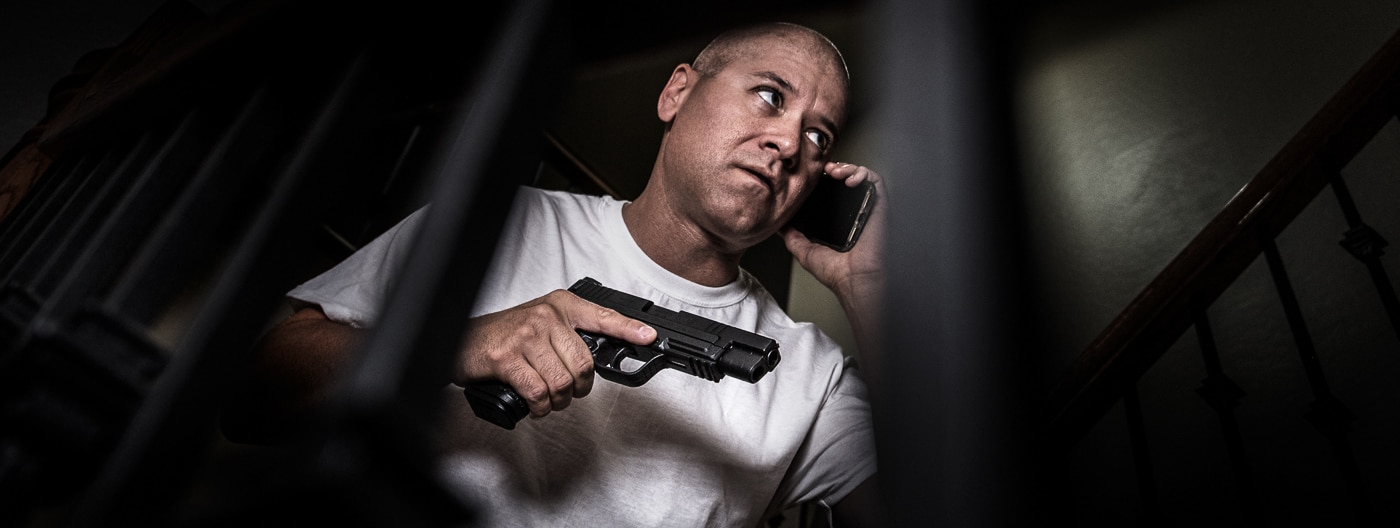
Fast forward to today, what three things can you do to be mentally unflustered should you find yourself needing to win a fight? Let’s begin with competency, consistency, and inoculation.
Competency
Think about going in for critical heart or eye surgery. Odds are that you would want a seasoned doctor that has about a thousand or so of these operations under his belt — preferably performing 20 of these a week for the past 20 years. When it comes to something that serious, you would place your trust in the most experienced physically and mentally competent practitioner. When it comes to surviving extreme physical violence, why wouldn’t you want that same competency to ensure your safety and that of those you care most about?

“Repetition is the mother of all skill” is a quote attributed to the hard skills masters of antiquity, dating back to ancient Rome. In meaningful training, the key to competency is nothing more than a countless number of precisely executed repetitions.
Practice makes permanent. As poor, or shoddy practice can create training scars, so does perfect practice (technique executed correctly) make permanent. The greater your competency the greater your confidence. The greater your confidence the lower your stress.
Consistency
The learning process is nothing more than differentiating “right” from “wrong.” The only way to truly learn is by making mistakes. Only by doing something wrong can you know its opposite — doing something right. For example, there are a hundred things you can do wrong when shooting that cause you to miss a target.
However, there’s only one way not to miss a target and that is to align the muzzle with the target and break the shot without disturbing that alignment. Sounds simple until you try to do it. Apply even the slightest layer of complexity such as speed, distance, movement, cost for failure et al and you introduce factors that directly impact your consistency.
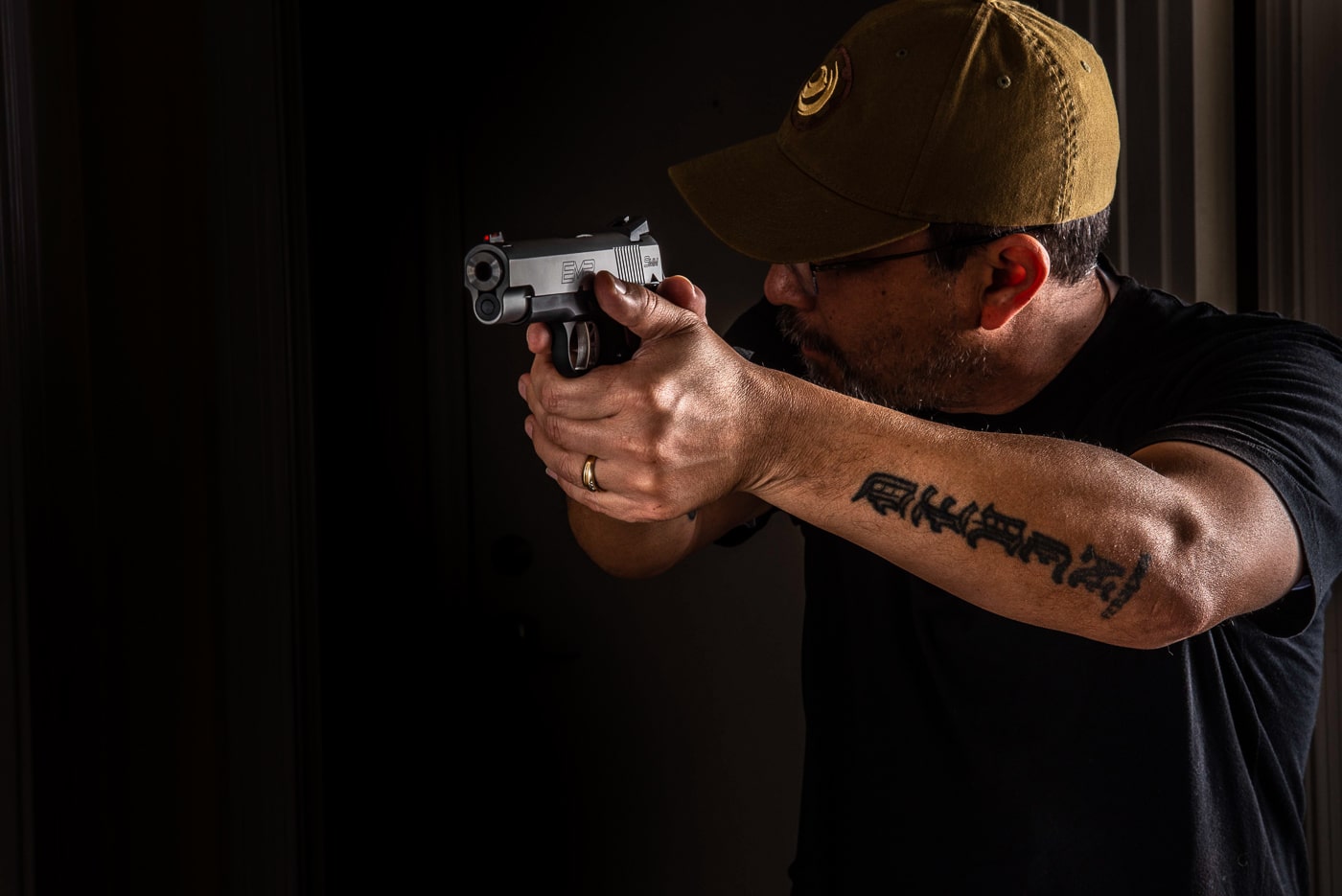
If you’re not making mistakes, then you’re not training for consistency.
Dirty Harry once said, “A man’s got to know his own limitations”. Do you know where is the very edge of your skills envelope? Do you work a specific technique repeatedly pushing the process until your wheels fall off?
How far can you go physically and mentally before you step outside that skills envelope or involuntarily let up on that mental gas pedal? It takes the combination of both physical and mental consistency to perform well under duress. One will not work without the other.
The expert can get it right, but the professional cannot do it wrong.
Building consistency on a solid foundation of competence exponentially increases your confidence, which in turn further attenuates stress.
Inoculation
Place yourself in as close a situation as possible to real world physical violence by avoiding injury in balancing safety and reality of training. Such training methods as “force on force” employed by the military and law enforcement using dye marker cartridges like Simunitions (that can also introduce a pain element feedback to your training), Airsoft or digital electronic/video simulators (like fighter pilots use) that allow you to safely experience conditions similar to what you may experience in reality.
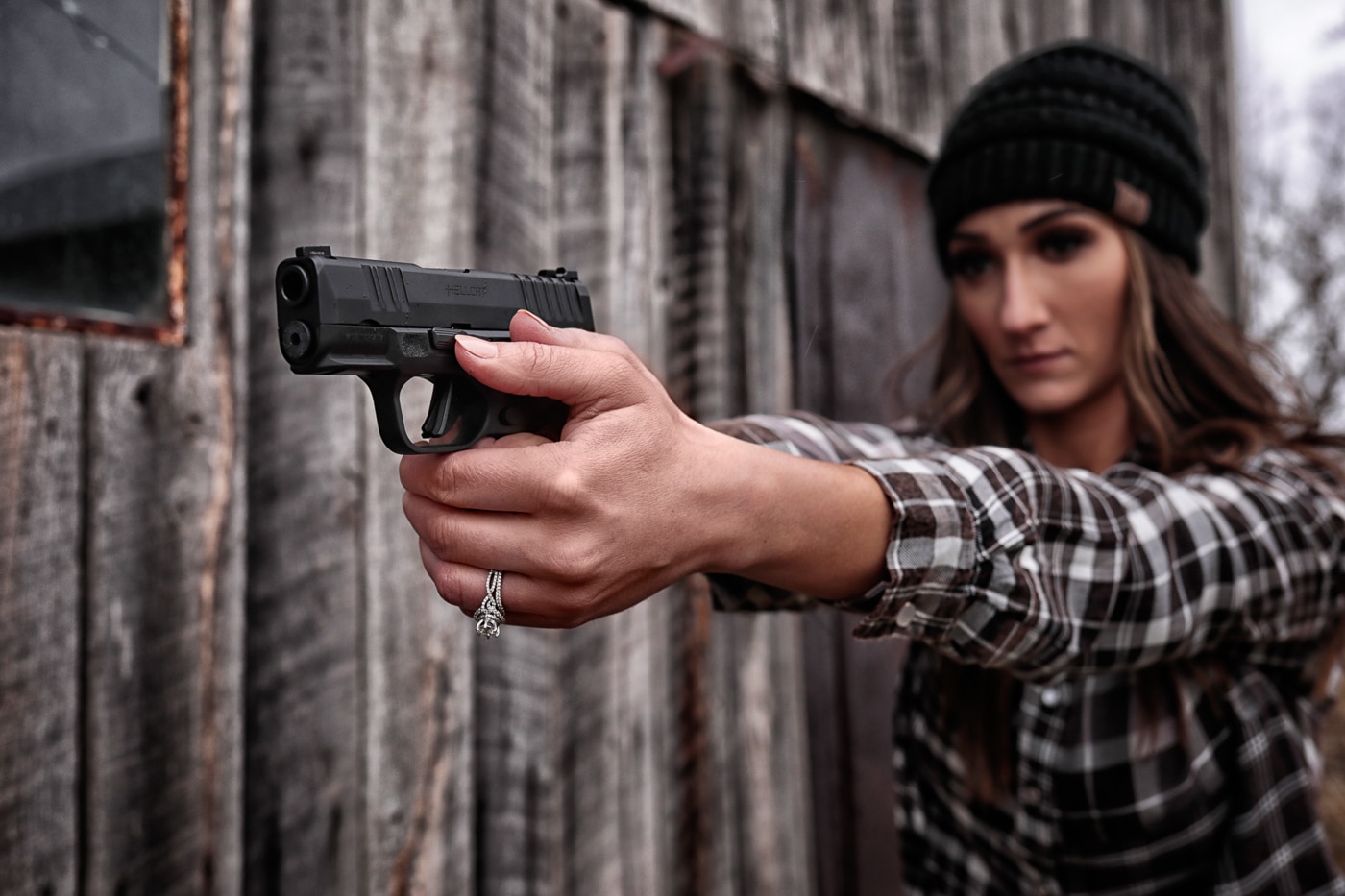
Being mentally inoculated is like hearing the same joke over and over again. The first time you hear a joke it may seem humorous but by the seventh time around it becomes an annoyance. The same applies to your exposure to physical violence via repeatedly placing yourself in similar conditions.
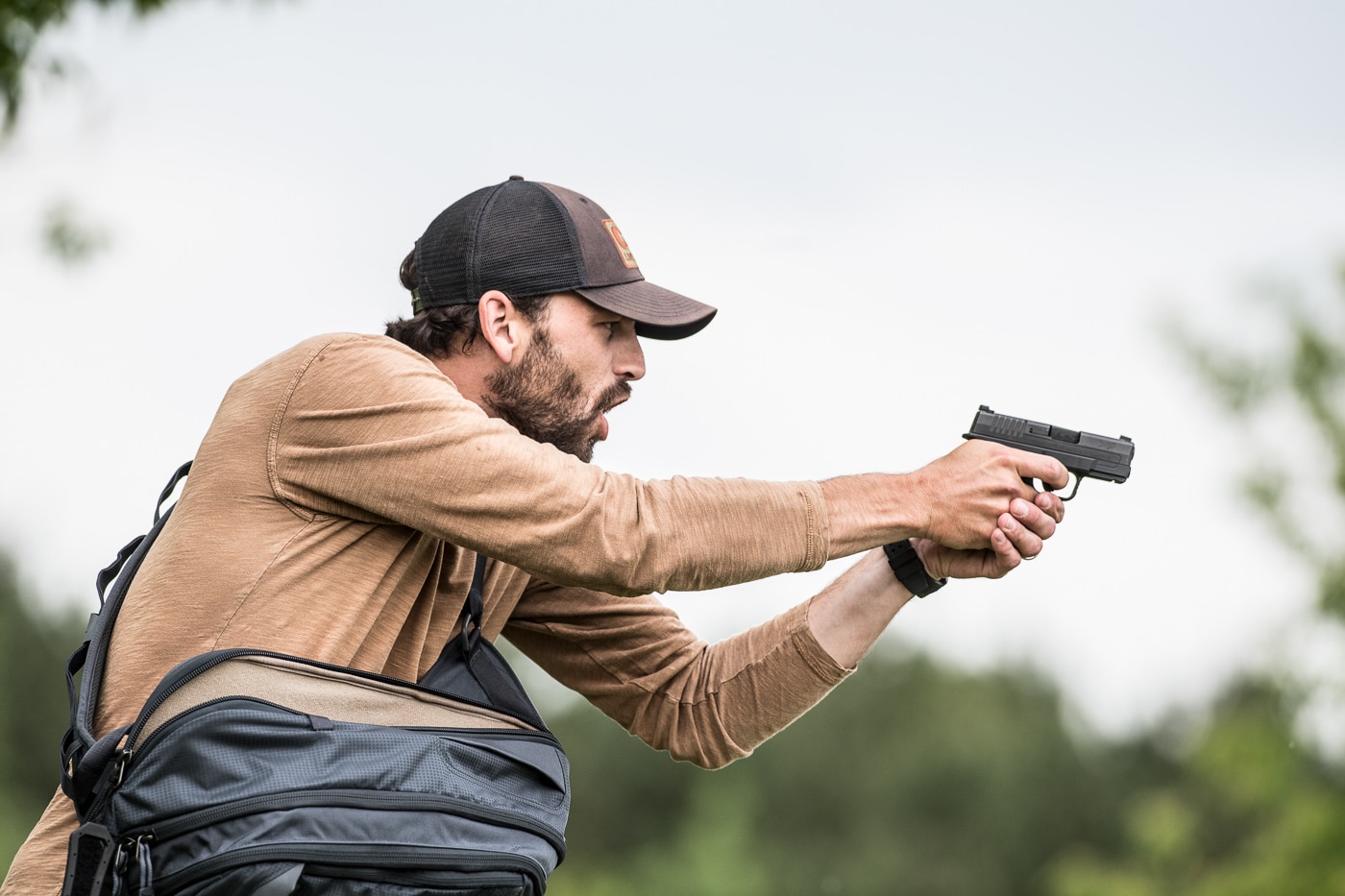
Along with any active threat come three conditions which cause the human mind to become flustered. These are a scenario that is new, unfamiliar and threatening. By the sheer number of repetitions in training and having made more mistakes than not, there’s nothing new. Any such newness is displaced by hard-earned competency. Pushing the edge of your skills envelope creates a new and expanded comfort zone of familiar ground where there is no longer anything unfamiliar. Inoculating your mind against threatening situations attenuates the tendency to become flustered.
Conclusion
Replacing new, unfamiliar, and threatening with competency, consistency, and inoculation are what allow you to go into action with the greatest speed which a man’s muscles are capable, but mentally unflustered.
100-Year-Old Veteran on Live TV: We Fought WW II for Nothing, Britain Less Free Than in 1945
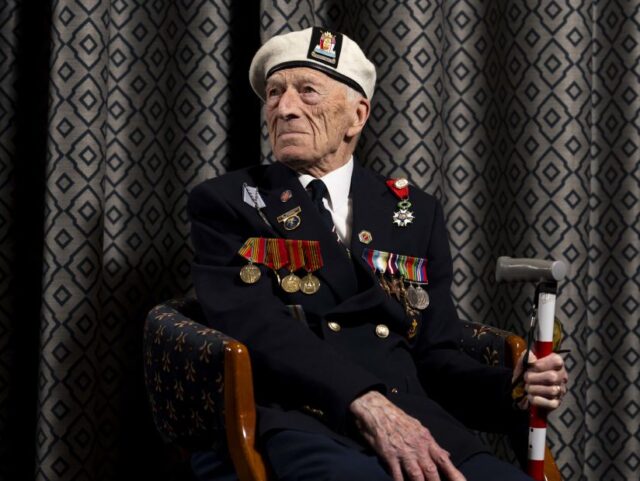
A centenarian Royal Navy veteran took full advantage of an appearance on live television to express his sorrow at the state of modern Britain, saying he and his comrades fought for freedom that has been frittered away, eliciting what critics called a “patronising” response by show hosts.
Royal Navy and Arctic Convoy veteran Alec Penstone told Britain’s ITV breakfast show “the sacrifice wasn’t worth” what the country has since become, mourning the loss of freedom he and his friends fought and died for.
Appearing on Good Morning Britain on Friday for a segment on the upcoming Remembrance Sunday and Armistice Day on November 11th, Penstone was asked what the events commemorating fallen troops from the two World Wars meant, and what his message to the country now is.
Far from the feel-good sentiments the piece had evidently been set up for, 100-year-old Penstone remarked: “I can see in my mind’s eye those rows and rows of white stones.
“All the hundreds of my friends, everybody else, who gave their lives. For what? The country of today. No, I’m sorry, the sacrifice wasn’t worth the result that it is now.”
Comedian Adil Ray, best known for creating Citizen Khan, a BBC comedy about a “British Pakistani” family living in “the capital of British Pakistan” — Birmingham, England — quickly interjected to ask of the veteran: “what do you mean by that, though?”.
Penstone continued: “what we fought for was our freedom. We find that even now, it’s a darn sight worse than what it was when I fought for it”.
Ray’s co-host Kate Garraway, a former journalist and news presenter, placed her hand on Penstone’s shoulder and reassured him that people of her generation did appreciate the sacrifice of the veteran and his friends, before announcing that he was to be presented with a compact-disc of Second World War-era popular music in thanks.
British academic Professor David Betz was among those responding to the turn of events, calling Penstone’s remarks “heartbreaking” and the response from the television hosts “patronising” and “simply infuriating”.

France’s President Emmanuel Macron (L) greets 98-year-old British D-Day veteran Alec Penstone during the UK Ministry of Defence and the Royal British Legion’s commemorative ceremony marking the 80th anniversary of the World War II “D-Day” Allied landings in Normandy France, on June 6, 2024. (Photo by LUDOVIC MARIN/POOL/AFP via Getty Images)
According to a profile by the Royal British Legion, a prominent veterans organisation, Penstone was a young man when the Second World War broke out and initially volunteered as a messenger for the Air Raid Precautions organisation in London during the height of the Blitz.
He said of his time in London during some of the worst bombing of the war: “The moments at 15 years of age, pulling bodies out of bombed buildings you grow up very quickly.”
His father, a veteran of the Great War, made Penstone vow not to serve in an infantry role due to the horrors he’d witnessed in the trenches in the Great War. So he joined the Royal Navy as a submarine-detector, and ended up in one of the most deadly assignments of the Second World War, on the Arctic Convoys. He also served in mine sweeping to clear the sea ready for the D-Day landings, and in the far east, fighting Japan.
The Imperial War Museum states of the Arctic Convoys delivering materiel to the Soviet Union to help them fight Nazi Germany:
Conditions were among the worst faced by any Allied sailors. As well as the Germans, they faced extreme cold, gales and pack ice. The loss rate for ships was higher than any other Allied convoy route.
Over four million tons of supplies were delivered to the Russians. As well as tanks and aircraft, these included less sensational but still vital items like trucks, tractors, telephone wire, railway engines and boots.
While appearing on television today, Mr Penstone was seen wearing the distinctive white beret and badge of the Arctic Convoy Club, a veterans organisation for survivors which disbanded in 2005, given it had so few surviving members.
On his left breast he wore a rack of British medals from his war service including the 1939-45 Star, the Atlantic Star, the Arctic Star, the Pacific Star for service in Burma, and Defence Medal for his service in the ARP.
Separately on a red ribbon, Penstone wore the insignia for a Knight of the Légion d’honneur for role in liberation of France. In 2024, Penstone was personally greeted by French President Emmanuel Macron and thanked for his service.
On his right breast, Penstone wore several Russian Medals including Medal of Ushakov for convoys, and USSR-era convoy medals.
While these are not authorised for wear by Britons in uniform, it is normal practice for British veterans of the Arctic Convoys to wear them on the right breast in this way.
